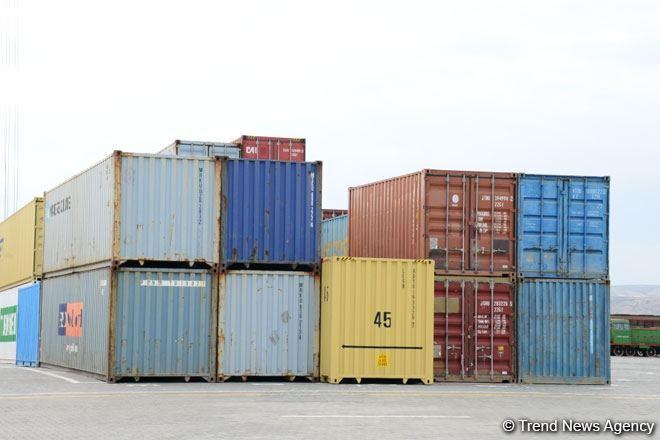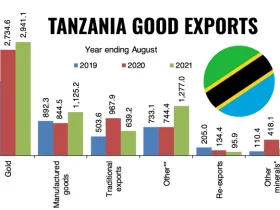
Turkmenistan’s main imported goods
Turkmenistan, a Central Asian nation with an economy heavily reliant on its natural gas exports, imports various goods to meet its domestic and industrial needs. The country’s imports are shaped by its developmental priorities, infrastructure projects, and consumer demands. Below is an overview of Turkmenistan’s main imported goods:
1. Machinery and Equipment
Industrial machinery and equipment form a significant portion of Turkmenistan’s imports. These include heavy machinery for construction, oil and gas extraction, agricultural equipment, and power generation technologies. The country’s focus on modernizing its infrastructure and diversifying its economy drives demand for advanced machinery from countries like Germany, China, and Turkey.
2. Vehicles and Transportation Equipment
Turkmenistan imports cars, trucks, buses, and other transportation-related goods. The government frequently invests in improving transportation networks, resulting in imports of trains, aircraft, and shipping equipment. Brands like Toyota, Hyundai, and Mercedes-Benz are popular for passenger vehicles, while heavy-duty trucks and buses support logistics and public transport.
3. Pharmaceuticals and Medical Equipment
The healthcare sector in Turkmenistan relies on imported pharmaceuticals and medical devices. The government has prioritized healthcare modernization, leading to increased imports of medicines, diagnostic tools, and hospital equipment from European, Russian, and Asian manufacturers.
4. Food Products and Beverages
Although Turkmenistan is self-sufficient in some agricultural products, it imports a variety of food items, including processed foods, dairy products, and beverages. Luxury and exotic food items, which are not locally produced, are also imported to meet consumer demand. Major suppliers include neighboring countries and global exporters like Turkey and Russia.
5. Consumer Goods and Electronics
With a growing middle class, Turkmenistan imports consumer electronics such as smartphones, televisions, and household appliances. Brands like Samsung, Apple, and LG are popular among urban consumers. In addition, clothing, footwear, and household goods are imported to satisfy local demand for international brands and quality products.
6. Chemicals and Fertilizers
The agricultural sector depends on imported chemical fertilizers and pesticides to enhance productivity. The country also imports industrial chemicals used in manufacturing processes and construction projects.
7. Construction Materials
Ongoing development projects in Turkmenistan, including urban infrastructure and industrial facilities, require imported construction materials. These include steel, cement, glass, and high-quality finishing materials sourced from countries like China, Turkey, and the United Arab Emirates.
8. Textiles and Apparel
While Turkmenistan is a producer of cotton, it imports finished textile products, including clothing, fabric, and fashion accessories, to cater to its local market. International brands are increasingly sought after by the urban population.
9. Energy Sector Equipment
As a major exporter of natural gas, Turkmenistan invests heavily in its energy infrastructure. This includes importing specialized equipment for gas processing, pipeline construction, and power plants, primarily from Germany, China, and South Korea.
10. Metals and Metal Products
Turkmenistan imports iron, steel, and other metals for its construction, manufacturing, and industrial sectors. These materials are essential for infrastructure projects and machinery production.
Key Trading Partners
The country’s main trading partners for imports include:
China: Machinery, electronics, and construction materials.
Turkey: Consumer goods, food products, and construction materials.
Russia: Machinery, vehicles, and energy equipment.
European Union: Pharmaceuticals, industrial equipment, and high-tech goods.
Challenges in Imports
Turkmenistan’s trade is influenced by its geographical location, state-controlled economy, and import regulations. Currency exchange restrictions and bureaucratic hurdles sometimes limit the volume of imports. However, government initiatives to attract foreign investment and improve logistics infrastructure are aimed at streamlining trade.
Conclusion
Turkmenistan’s import profile reflects its priorities in industrialization, infrastructure, and consumer satisfaction. The goods it imports are vital to its continued development and modernization efforts, highlighting the interplay between its domestic needs and international trade partnerships.



Leave a Reply